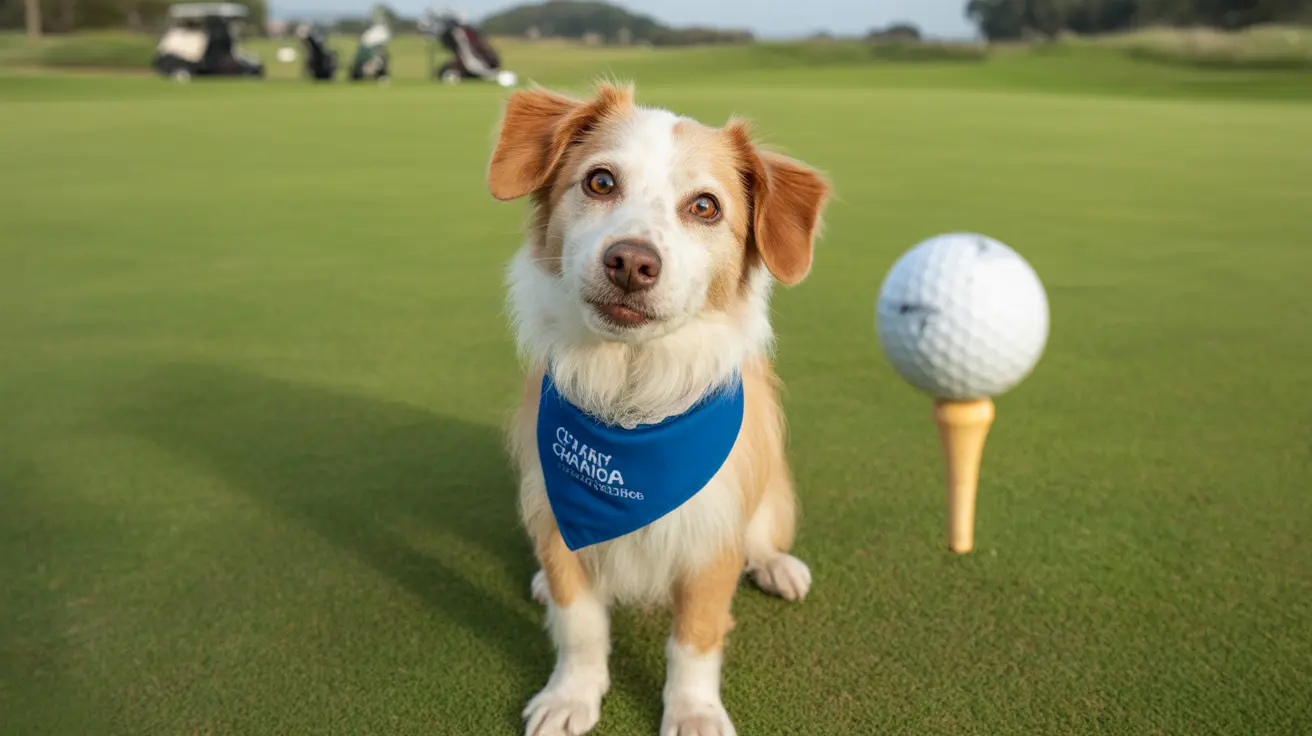The One Meat You Should Never Feed Your Dog
As pet owners, providing a balanced, safe, and nutritious diet is one of our most important responsibilities. While dogs can enjoy a variety of meats like chicken, beef, or turkey, there is one meat that experts agree should be avoided entirely: pork. Whether raw or cooked, pork presents several potential threats to dogs, ranging from digestive trouble to life-threatening conditions.
Why Pork Is Dangerous for Dogs
Although pork might seem like a protein-rich option, it's not the healthiest choice for our four-legged friends. Here are the top reasons why pork is considered unsafe for dogs:
- High Fat Content: Pork, especially bacon or other fatty cuts, is rich in unhealthy fats that can be difficult for dogs to digest. This can lead to pancreatitis, a painful inflammation of the pancreas which can require hospitalization.
- Parasitic Risk: Raw or undercooked pork may contain the parasite Trichinella spiralis, which causes trichinosis. Dogs infected with it may experience symptoms like vomiting, diarrhea, fever, and muscle pain.
- Sodium Overload: Processed pork products like ham, sausages, and bacon contain extremely high sodium levels. Excessive salt can cause bloating, vomiting, and increase the risk of dehydration and kidney disease.
- Pork Bones: Cooked pork bones can easily splinter, posing a choking hazard or damaging a dog’s digestive tract. Even raw bones can potentially carry bacteria or break teeth.
- Seasoned Pork: Pork often comes seasoned with garlic, onions, or spicy sauces - all of which are toxic to dogs and can result in GI upset or organ failure.
Symptoms to Watch if Your Dog Eats Pork
If your dog accidentally consumes pork, monitor them for the following signs:
- Excessive drooling or vomiting
- Signs of abdominal pain
- Diarrhea or constipation
- Lethargy or weakness
- Rashes or itching
Should any of these symptoms occur, contact your veterinarian immediately. Early intervention can prevent more serious complications.
Safe Meat Alternatives for Dogs
Instead of pork, consider offering your dog these safer, healthier meat options:
- Chicken: Lean and easily digestible. Always serve it cooked and boneless.
- Turkey: Great protein option; remove skin and bones before feeding.
- Beef: Provides essential amino acids and nutrients.
- Lamb: Excellent option for dogs with sensitivities to other meats.
- Fish: Salmon and sardines are full of omega-3 fatty acids that support healthy skin and coats.
Tips for Feeding Meat Safely
- Cook meat thoroughly to kill bacteria and parasites.
- Avoid seasoning or spices.
- Trim excess fat and avoid processed meats.
- Introduce new meats gradually to monitor for allergies or sensitivities.
- Consult your veterinarian when making significant diet changes.
Conclusion: Keep Pork Off Your Dog’s Plate
While it may be tempting to share your bacon or ham with your furry companion, the risks far outweigh the benefits. Pork should be completely avoided in a dog’s diet due to risks of pancreatitis, parasitic infections, and harmful additives. Instead, stick to lean meats your dog’s digestive system can handle safely. When in doubt, always consult your vet to ensure your dog is getting the best care and nutrition possible.





